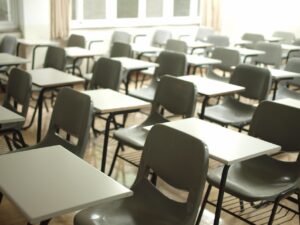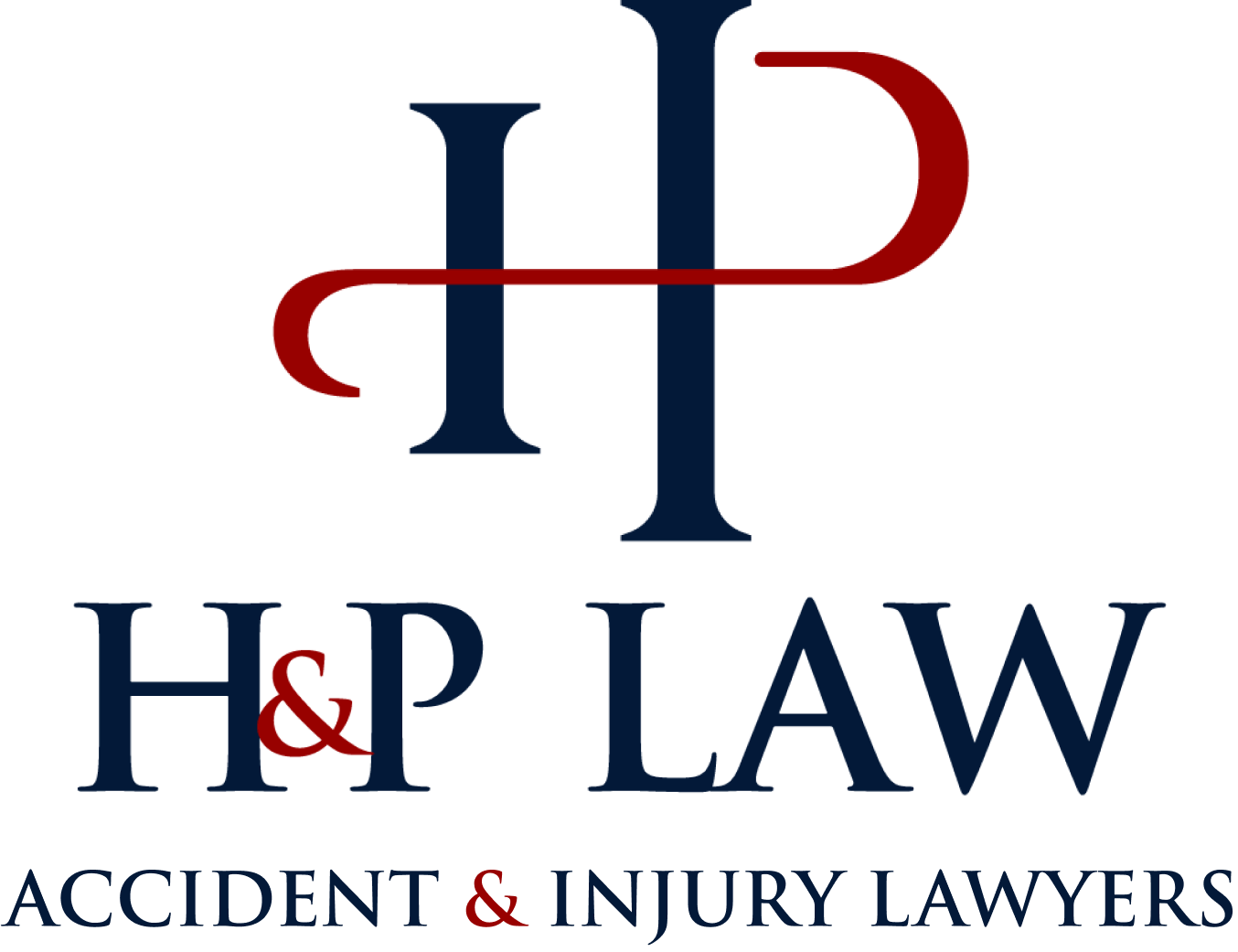
The short answer to this question is yes.
It is no surprise that video cameras and surveillance are two tools that are used for safety on school campuses–from preschools to universities–and are becoming more and more common. For those facilities that already have video cameras in place for security reasons, or are planning to install them, it is critical for these companies to know what is allowed and not allowed under the law.
This post will briefly discuss how facilities, specifically educational institutions, can use video cameras for security purposes while still staying in compliance with privacy and surveillance laws in the United States. Thankfully, using video surveillance in ways that follow regulations and respective privacy can be quite simple.
School Cameras, Privacy, and Regulations
It is absolutely legal to have security cameras in institutions of education. Several factors should be taken into account when setting up video cameras on campuses, however. Moreover, each state has laws that differ regarding surveillance, so it is crucial to visit those specific regulations. Generally, facilities should follow the best practices below to ensure regulations are being followed properly:
American surveillance laws allow the recording and monitoring of areas where there is no “reasonable expectation of privacy.” Thus, privacy must be respected for cameras to be properly placed. The best rules to follow to comply include the following:
- Make cameras visible: Security cameras should be installed in places where they are visible to the plain eye. Because some states across the nation have more strict laws than others–such as Delaware, Kansas, Maine, New Hampshire, and South Dakota, all of which require consent for the use of hidden cameras–placing them in plain sight is best.
- Signage is not necessarily required: If you place the cameras in areas where people do not have reasonable expectations of privacy and you are only capturing images and not audio, you typically do not need to put up signage. You may want to put signage up anyway, however, to deter others from behaving badly;
- Parental permission not needed: Schools are generally allowed to record students for safety and educational purposes, and therefore, parental permission is not required. This purpose covers virtually all activities that happen on the property. Some states (like Texas) require consent if the school wants to record students for other purposes, such as promotional materials.
Common Uses of School Security Cameras
Security cameras placed in common areas such as gyms, cafeterias, hallways, and auditoriums help with visibility. A reliable security system can allow schools to see numerous areas at the same time and be able to respond quickly to emergency situations. Surveillance videos also help to protect teachers and students alike from harassment, bullying, and false allegations. When school administration needs to take appropriate action in a situation, video footage helps to provide solid evidence of what occurred.
Security cameras inside the classrooms provide even further visibility in the place where students and teachers spend most of their day. These cameras require minimal additional labor, are unobtrusive, and increase not just safety and visibility but also can protect the educational institution from liability. Likewise, cameras that are placed in outdoor areas such as fields, parks, and parking lots help to secure and monitor the boundaries of the campus. If the cameras are higher tech (i.e., smart cameras), then they can detect trespassers, catch students leaving campus, protect students during drop off/pick up, and other individuals on the property, allowing the educational facility’s administrators to take action right away in the event of an emergency.




